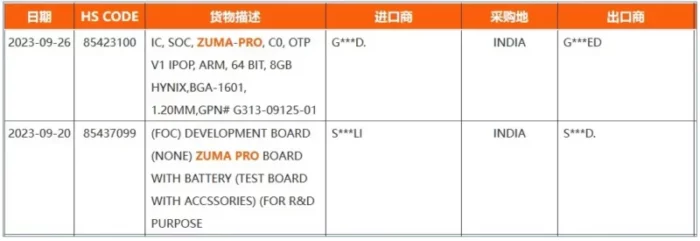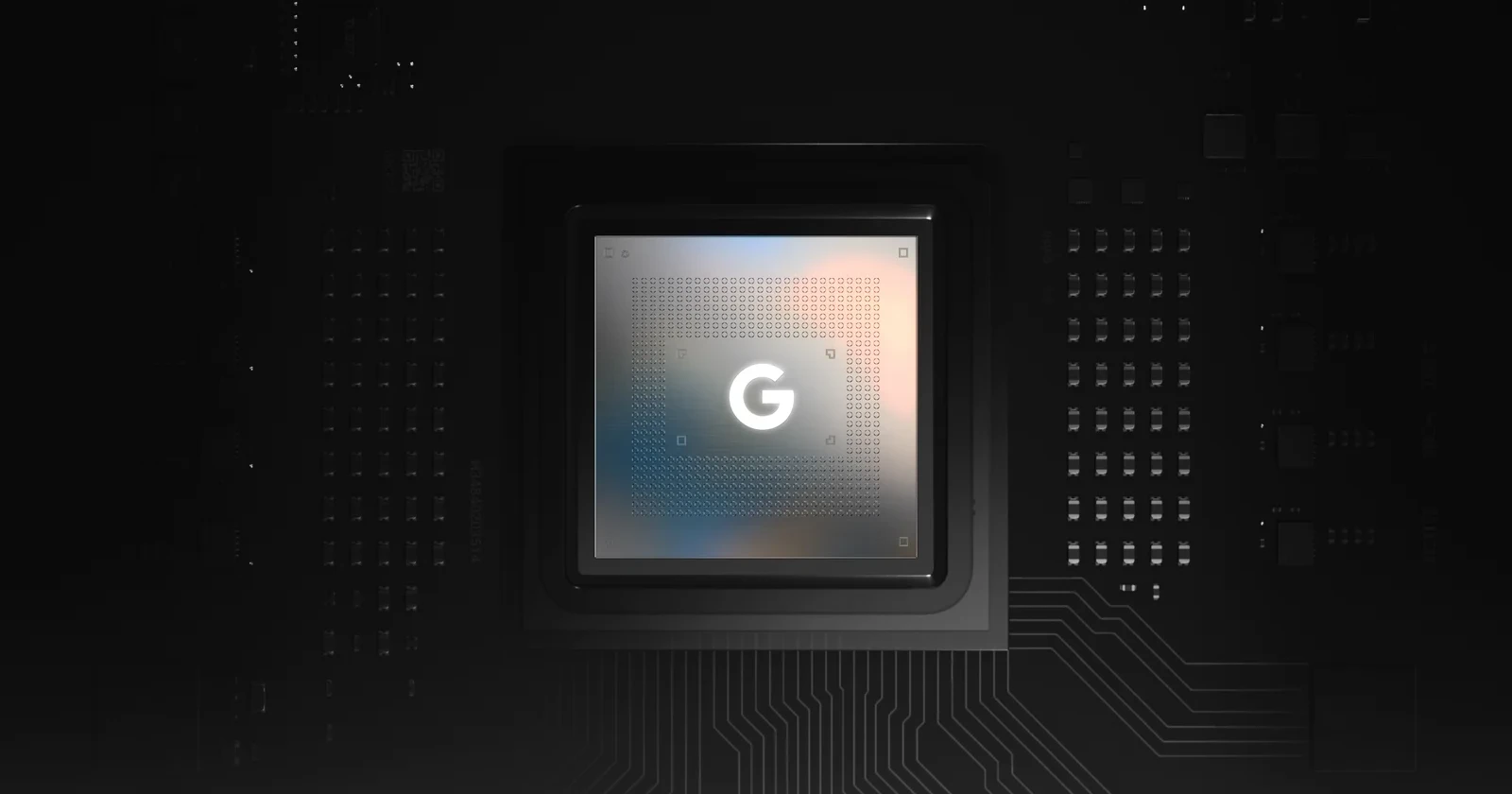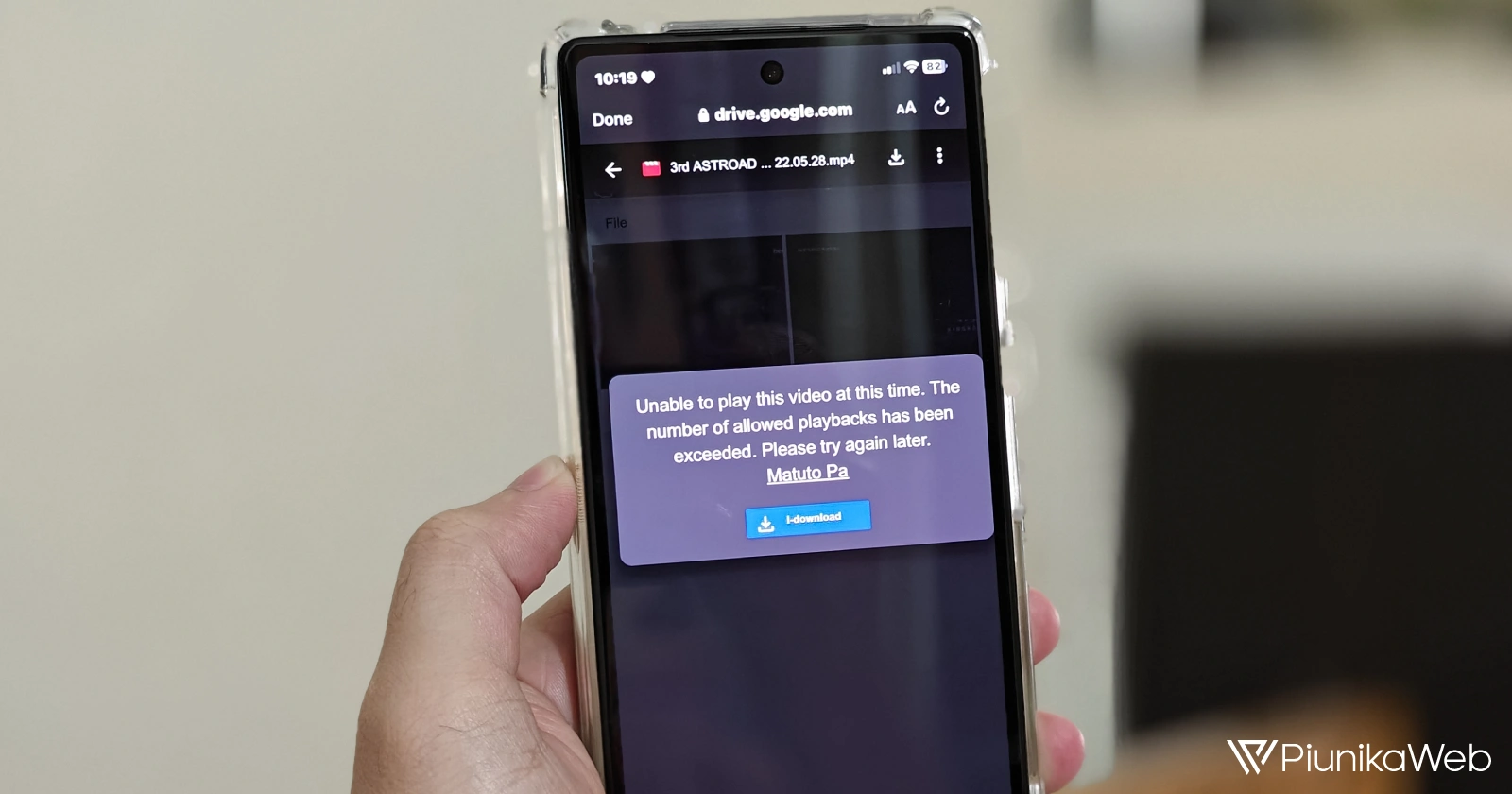In a bid to step up its game against Apple’s in-house A-series and the Qualcomm Snapdragon 8 Gen 4, Google is rumored to be gearing up for a major shift with its upcoming Tensor G5. The Tensor G3, featured in the Pixel 8 and Pixel 8 Pro, fell short of expectations, prompting Google to explore a fully custom solution. According to the latest reports, the forthcoming Tensor G5 is set to be mass produced using TSMC’s cutting-edge N3E process, the same technology set to be utilized for next-gen SoCs by Qualcomm and MediaTek.
Google’s big ambitions for the Tensor G5
The Tensor G5 is anticipated to mark a significant departure for Google, signaling a move away from Samsung’s foundry and chipset designs. Google is expected to focus entirely on a custom solution, potentially harnessing the power of TSMC’s N3E process. Speculations also suggest that Google is developing an in-house GPU for the Tensor G5, aiming to enhance overall performance. However, industry insiders predict that the Tensor G5, slated for a 2025 release at the earliest, may lag behind competitors such as the Snapdragon 8 Gen 4 and Dimensity 9400, rumored to be produced on TSMC’s 3nm process in 2024.

This shift indicates that the first custom SoC solution will likely debut with the Pixel 10 and Pixel 10 Pro. I for one hope the rumors turn out to be true. At present, Google’s Tensor chipsets are nowhere close to matching the performance capabilities of their Snapdragon counterparts.
In its roadmap shared back in 2022, as reported by AnandTech, TSMC’s head did claim that the N3E result is good. They even said “the progress is ahead of our schedule. And pull-in, yes, we are considering that. So far, I still did not have a very solid data to share with you that how many months we can pull in. But yes, it is in our plan.” So it’s possible that 2025 Pixel flagships do indeed switch to TSMC’s chipsets.
Tensor G4 might only get minor improvements
Contrary to the ambitious plans for the Tensor G5, the rumor mill also suggests that the Tensor G4, codenamed ‘Zuma Pro’, may not leverage any TSMC node due to high production costs.

Instead, Google is likely to stick with Samsung for the Tensor G4, maintaining continuity with its current chipsets. Google’s lower volume of sales compared to the competition might be to blame. Additionally, issues with the Tensor G4 are expected to result in only minor improvements over its predecessor, the Tensor G3. So Pixel 9 and Pixel 9 Pro will likely only get incremental upgrades over their predecessors in terms of chipsets
Conclusion
Reports of signal issues, overheating devices and other Tensor-related problems have been troubling Pixel users since the release of the Pixel 6 series. Even the latest Pixel 8 isn’t spared from the problems. So it’s time Google ditches Samsung and explores other options. Nevertheless, like with any rumor, I’d suggest taking this information with a grain of salt. Forget the Tensor G5, even the Tensor G4 is a long way from launch. In that time, things might change. Whatever the case, we’ll keep track of all developments, so stay tuned to PiunikaWeb’s coverage.



